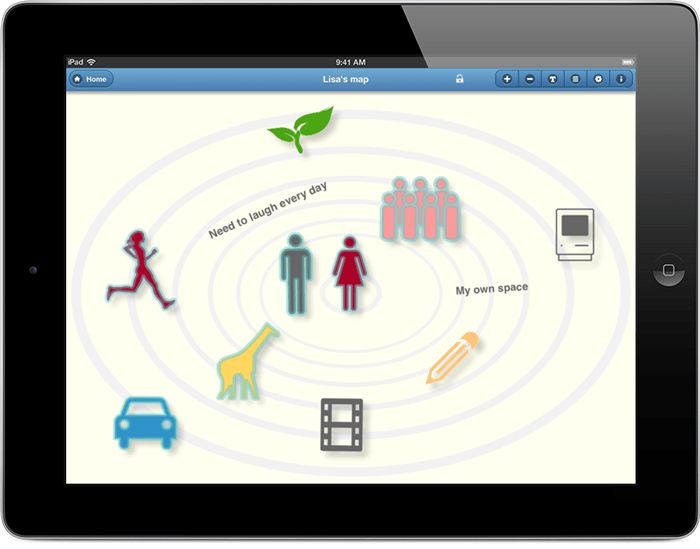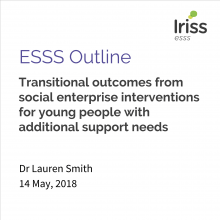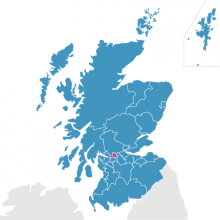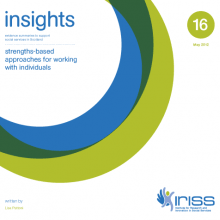WITTY is a free iPad app which enables people to visually map positive assets and factors they have and can better engage with in day to day life.
Whilst we have provided this tool on an iPad you could create a paper version yourself using A3/A4 paper and images and objects you have to hand.
We have also in provided an updated version of WITTY that will run on almost any mobile device and modern desktop browsers. Please visit the experimental online version of WITTY to learn more and provide any feedback on this updated test version.
What can this tool be used for?
To help people identify community and personal assets by creating a visual map a person’s strengths, including their ‘inner resources’, as well as past, present and future experiences. Close to person-centred planning, this imagery enables people to see ‘the bigger picture’ of their life, and identify things they like and are able to do when they are feeling well, and actions that they might like to take forward.
If an asset-based approach is used with the tool it can also support the move away from deficit-based conversations towards asset-based conversations when thinking about a person’s wellbeing.
How do you use it?
WITTY can be used as a reflective tool by one person, as an aid in a one-to-one conversations and also within group settings.
When using WITTY you can:
- Place yourself in the center of your world
- Create a personalised picture of all the assets in your life by choosing icon(s) from a preset library.
- Place these icons close or far away from you (depending on your perspective about, for example, their importance or proximity)
- Resize, rotate, colour and move each icon so they best illustrate what you are communicating
- If you’d like you can also add text notes to each describe each icon
If you decide to continue to use WITTY you can:
- Set optional password on each picture you create, with password recovery via memorable information
- Load/Delete the different pictures you create of your world
- Save what you create to your iPad Camera Roll or Photos app
- View all the notes you have written. If you can connect to a network you can email these notes
In action…
Outcomes of using this tool
The approach you take when using a tool will affect the outcomes. When using WITTY we suggest a facilitative, participative and assets-based approach is taken.
The intended outcome of using this tool is that people visualise a personal interpretation of the positive assets in their life, and identify means to stay well, connected to these assets.
Here are some comments from people who have used the tool:
“It’s a like a grateful list on a bad day when you feel there is nothing to live for - writing stuff down makes you aware of what you have. I didn't realise what I had. It makes me think about why I do some things and how I could make more use of things that are on the outskirts. It made me widen my interest areas.” (Person who uses services)
“I have a problem with a group of people. I have tried to be helpful to people but it backfired. In the last week I looked at the things on the map differently. Afterwards I had stomach cramp but it was good for me to look at who is important in my life and I see I needed to shift the people who weren’t doing me any good to the outer limit. For the first time in my life I am clear that I feel I have done nothing wrong” (Person who uses services)
And practitioners have found that…
“I discovered that he has a Dad who he never sees; this is an underlying problem for him. Has many online friends but hardly any he would meet up with. This all brought up conversations which I hadn't had with him before, leading me to provide him with new self help materials” (Practitioner)
“One of the two I did it with was quite good and there was a change. He didn’t have so much in his life because he’s lost two people in the last year. So we looked at what could go into the gaps. He started an adult education class. He used the initial map to build on so he could add things in” (Practitioner)
For more detail about the outcomes of an asset-based approach and WITTY in practice see Social Assets In Action: Evaluation Report.
Open source
We are making the source code for this application available for non-commercial use by developers.
The code can be downloaded from the GitHub website.





